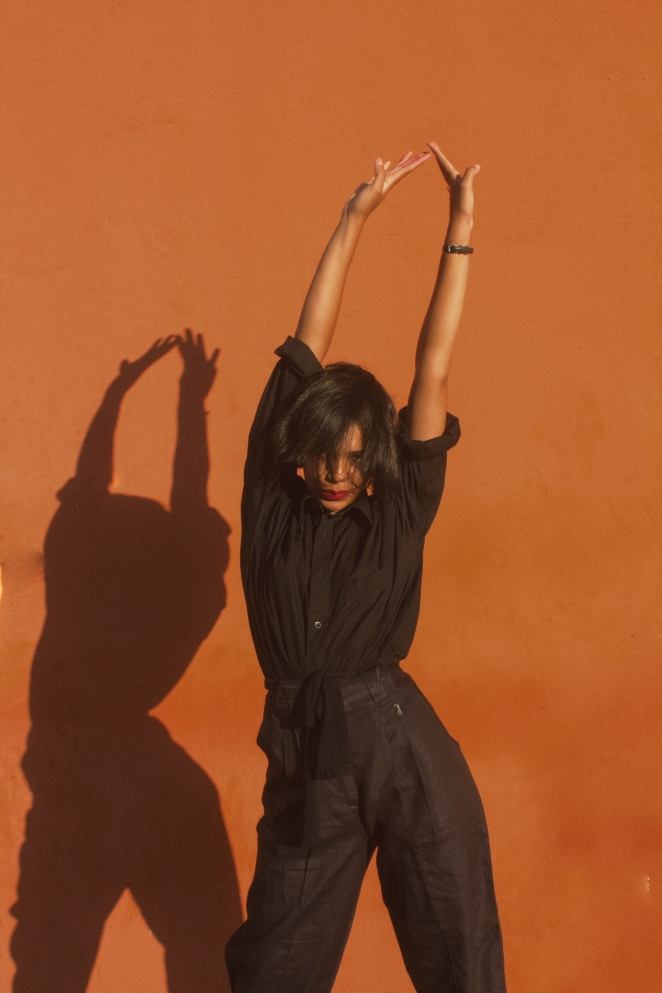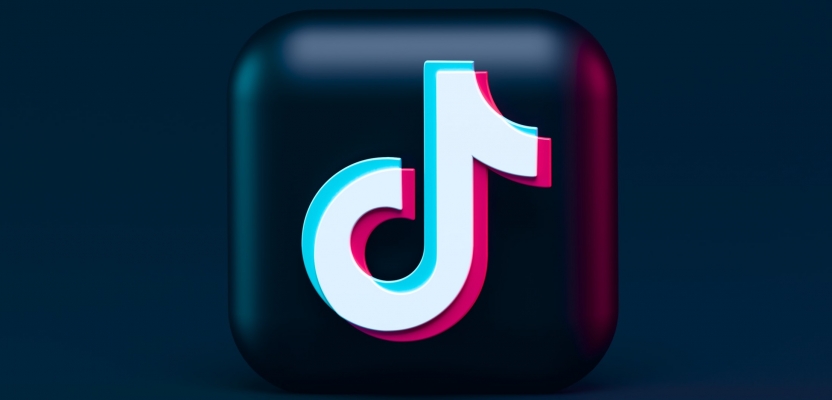I used to think I would never understand TikTok. It was clearly not for me, made for natural performers and younger people who loved to mess around with silly challenges. But then I saw some friends following influencers who did educational content, or spread information about a certain topic. All of a sudden, TikTok made sense; and I could see why it rose to success so quickly.
TikTok is now a huge social media platform, still on the rise, easily rivalling with the likes of Facebook, Twitter, Instagram and even video content platforms such as YouTube. But how did TikTok rise to success? And what can we do in the creative and advertising industry to take advantage of its gigantic user base?
A quick history of TikTok
Back in the first half of 2010s, a platform named Vine rose to gigantic success. Its short-video format was hugely popular on both Vine and YouTube, with lip-syncs, memes and very short funny videos helping the platform rise to success. That format will sound hugely familiar to TikTok users; it was much needed back then, when YouTube videos were getting longer and people’s attention span was getting even shorter.
Much has changed since then. When it comes to entertainment, YouTube’s perfect spot is now in 15 to 20-minutes videos, some of them being pure longer-form entertainment (such as in the realm of gaming), others being educational content on a range of different topics, from game design to science. Short-form content is now exclusive to Instagram – and of course, TikTok itself.
Around the time when Vine rose to popularity, a platform named Musical.ly was born from China in 2014, offering users a chance to publish short lip-sync music videos and music-related content. These videos wouldn’t last more than 15 seconds and were of huge appeal to younger demographics. In 2015, just a year after its foundation, Musical.ly reached the top of the App Store charts and it never left since then. When Vine closed in 2016, Musical.ly was an obvious and suitable alternative for established Vine influencers who wanted to continue their work. And so, Musical.ly kept growing.
In 2016, ByteDance founded Douyin. Much similar to Musical.ly, the platform was specific to the Chinese market, with short-form videos very similar to Vines. However, popularity for this app skyrocketed, and soon ByteDance started marketing the app overseas as TikTok.

Photo by Murilo Bahia on Unsplash
A year later, in September 2017, ByteDance purchased Musical.ly with an offer of $1 billion. Due to the shared nature of the two platforms, ByteDance then decided to merge them in 2018 as one single platform, TikTok indeed, converting Musical.ly profiles and adapting the new platform to fit a much engaged user base.
In just a few years, TikTok rose to unparalleled success: the app reached over 2 billion downloads in 2020, with over 1 million installations around the entire world. Videos on TikTok gain an average of 17+ billion views every month, and the app is available in over 154 countries. It should be clear by now the potential of any brand advertising on this platform, and any influencer wanting to grow.
ByteDance, TikTok’s parent company, is now worth more than $100 billion.
How did TikTok become so successful?
Still, this quick history of TikTok doesn’t exactly explain how the platform became so successful, or why younger audiences are attracted to it. A quick look through TikTok will answer that question easily. The platform has powerful algorithms which easily shift and adapt to any user. These algorithms work hard to suggest engaging and relevant content that is quick to experience, and it usually has a clear benefit for the person watching.
TikTok is home to short-form video challenges for those who like to perform, memes, funny lip-sync videos and even educational content. People wanting to learn something will find the perfect match on TikTok. Users wanting to look at cat videos will easily find them too. Cosplayers, language learners, performers, musicians, gamers – TikTok can be home to all of these categories of users, and because of its short-form videos, it is easy to pick it up for 10 minutes, then leave. It provides fast, effective and always spot-on entertainment. Most importantly, it helps people grow at vertiginous speeds.
TikTok is incredibly popular with Gen Z and younger audiences, though the demographics are getting older. Moreover, it has huge appeal for those wanting to become micro-influencers and interested in a small piece of popularity. Nail the right content and video, and even regular users can be turned into viral sensations.
The pandemic obviously helped. The app reached a total of 2 billion downloads in April 2020 – but with increased popularity obviously came increased scrutiny from governments and lawmakers. The Trump administration in particular was concerned about TikTok’s ties with the Chinese government, and discovered a range of privacy issues involving illegal collection of data from minors – the main user base of TikTok.
What’s interesting is that, as Trump threatened the ban, other platforms tried to cannibalise TikTok’s user base, by introducing Reels (Instagram) or Shorts (YouTube) to attract the same kind of users. But TikTok is still going strong, and it will hardly be bothered by these attempts to undermine its influence in the social media scene.
Project credit: Corry Raymond
How to advertise on TikTok
Hopefully this quick overview of the history of TikTok will have given you some ideas on the kind of demographics that you can target, the potential of the platform and other interesting facts that you can use in your marketing strategy. The benefits to advertisers choosing to take advantage of TikTok are huge; there is a large, engaged audience to tap into, and the platform is particularly effective with selling to well-funded Gens Z and Y. The audience is mostly between 10 and 29 years old, it is international, and interested in engaging content at all times.
Of course, with this vastly different user base compared to other platforms, there are certain rules to observe. People on TikTok get bored easily, and it’s important to produce videos that state their benefit up front, catching the viewer’s attention within instants. It’s far too easy to scroll past a boring TikTok, after all.
There are three main ways to grow your popularity on TikTok:
- Create your own channel to publish your content;
- Work with micro and macro influencers;
- Pay to advertise.
The first one is pretty self-explanatory and requires zero budget, but it’s also the slowest way to gain popularity. Advertisers interested in growing quickly should look at the other two options instead.
How to nail influencer marketing on TikTok
Every thought leadership piece about influencer marketing lately is pretty clear on one thing: macro influencers don’t bring the same benefits as micro communities. Surely macro influencers have more reach, but their communities will often be less engaged and more expensive to tap into. Partnerships with micro-influencers (around 50k followers) will usually cost less and will bring more benefits in the long run, with way fewer lurkers in their follower base.
There is a growing number of micro-influencers on all platforms, and TikTok is especially good for them. Anyone can become a viral sensation in mere minutes on TikTok. Additionally, as the platform is still very young, brands haven’t yet started to fully tap into its potential, and there are a lot of potential gaps to fill. Apart from a few major brands, such as Big Bull, Sony, Calvin Klein and EA Games (as well as other gaming brands), not many have yet fully understood the power of TikTok. Early adopters will most certainly be rewarded.
Advertisers are advised to look into micro-influencers and learn more about which ones can work best for their brands. There are users out there talking about music, books, video games, and others recommending products in a very specific niche, such as skincare or generic beauty. TikTok offers tons of opportunities. Brands only need to study them thoroughly.

Image credit: AnalogFolk
Paying for ads on TikTok
Of course it will be nearly impossible to build a full advertising campaign on influencer marketing alone, and fortunately TikTok offers a range of solutions for those wanting to display ads on the platform. I’ll go through the most popular now.
In-feed video ads are exactly what you’d expect. Short-form videos displayed in the For You section of TikTok, usually lasting just as long as a native TikTok, but connected to a sponsored ad campaign on the platform.
Brand Takeovers are slightly different. They are 3-5 second ads, playing as soon as a user opens the app. They support clickable hashtags and website links to help convert your budget into organic views and engaged viewership.
TopView Ads are longer videos, usually about 60-second long. They enable advertisers to display fully produced videos on the app, and they are set up on Delayed Play, meaning they will not show up as soon as the user opens the app, but only a few seconds later. They are excellent to display spots in the same fashion as Twitch or YouTube.
Brands wishing to develop an engaged audience will also have access to Branded Hashtag Challenges. These challenges will display at the top of the feed, and they are occasions for a brand community to develop user-generated content. A brand will usually set up a challenge, often a performance or a dance, and users will be able to share their performance with the same hashtag, later ending up in a collection of TikToks in the Discovery section.
Lastly, Branded Effects are another way to grow your brand awareness for a short while. Similar to Instagram and Snapchat’s AR filters, these effects are filters, stickers, AR items and lenses connected to your brand and they will let users play around with your content in their own videos. They are only available for 10 days.
How much will advertising on TikTok cost me?
Unfortunately, TikTok does not share specifics for advertising costs, but there are sources on the Internet to find out more. While in-feed ads are rather accessible to anyone, ranging from $20 per ad group to $50 per ad campaign, more engaging content such as branded hashtags challenges and takeovers may cost anywhere between $50k and $100k.
While advertising on TikTok can be expensive, the return on investment for any given well-designed campaign will be huge, and it will usually translate in engagement under your brand’s profiles and pages, alongside sales and effective conversion.
Top Tips to Advertise on TikTok
TikTok is a much young platform, mostly attracting young people. This means that anything you do on the platform must pay attention to the target demographics and it should never feel too forced. Younger audiences are more tech-savvy than ever, they are able to spot ads from miles away, and they are more intelligent than you may ever think.
If you respect your audience’s intelligence, much like with anything else in advertising, you shall reap the fruits of your efforts. The most important thing on TikTok is to be authentic. Show some flair and personality, show your humanity; be yourself. Brands are made to sell, but they are made by humans. TikTokers want to see that human side of you, they want to learn how you can help them fulfil their needs. Follow that simple rule and you’ll already be miles ahead of most brands advertising on the platform.
The advise to use influencers alongside your main campaign should also resonate with you. Influencers have engaged and active communities who trust their word and recommendations. If you can partner with one of these communities, your budget will be much better spent than in any video ad campaign in any other platform.
If you are creating your own content, you should use viral soundtracks to gain attention. You will end up in feeds with the same music and reach a much larger audience.
Most importantly, TikTok has ways for you to measure the impact of your campaigns. Look at the analytics, measure your success and improve based on what works!
As mentioned, TikTok is still very young, meaning that you will tap into a smaller audience than Instagram, and one that is much more engaged. Early adopters will reap the fruits of their efforts when the platform truly rises over other social media networks. And then, everything that you read in this article will finally make sense.






